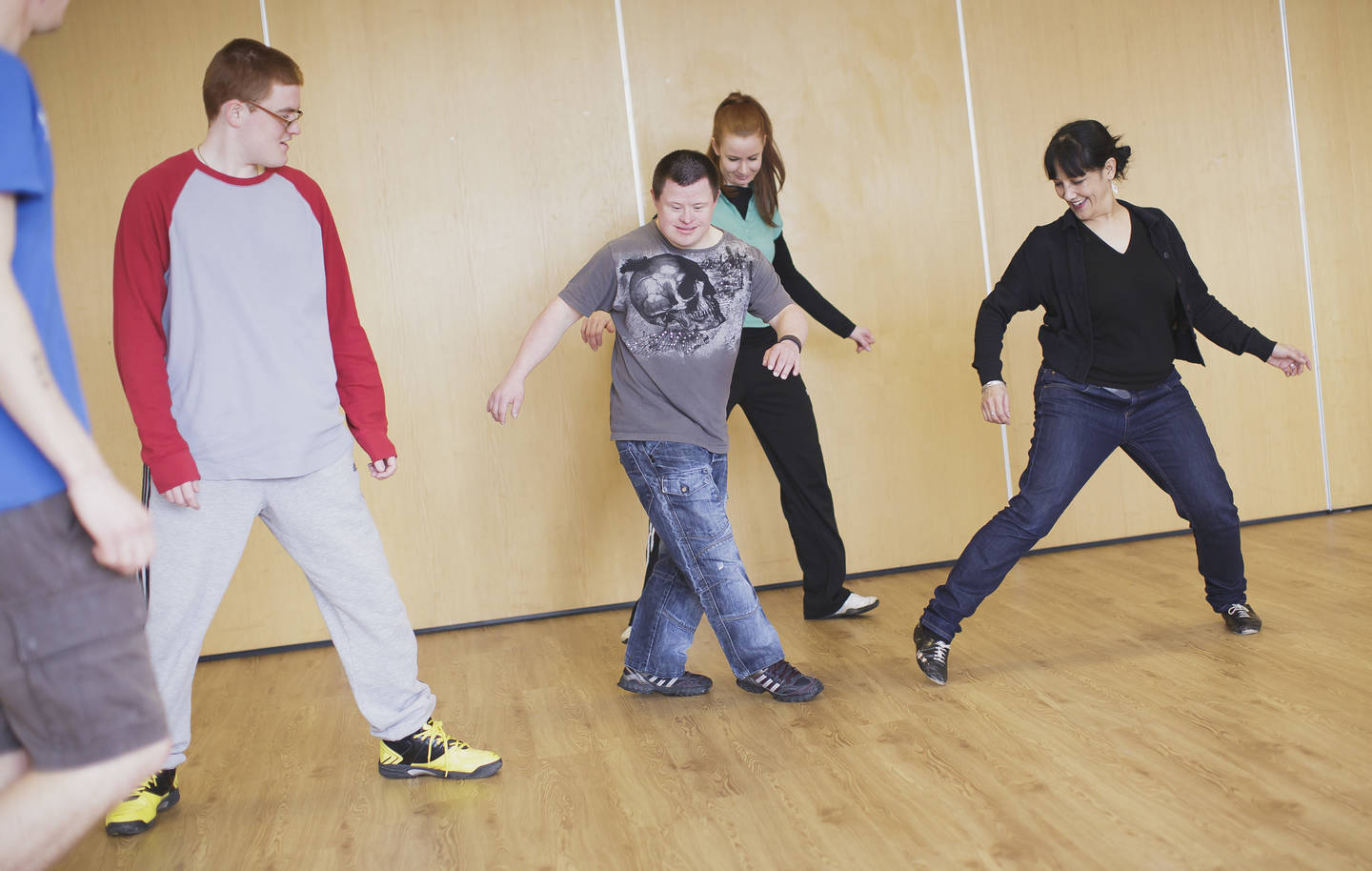Activity Alliance responds to latest Active Lives Survey findings
The latest publication of the findings from Sport England’s Active Lives Survey shows the ongoing impact of the pandemic on disabled people’s physical activity levels. Disabled people continue to be one of the least active groups in society, highlighting the need for an inclusive and fair return to physical activity. Here, Activity Alliance responds to the Survey.

The pandemic has led to an increase in the proportion of disabled people who are inactive (doing less than 30 minutes of physical activity a week).
- 42.5% (4 million) disabled people were inactive, compared to 22.9% of non-disabled people. This means disabled people are almost twice as likely to miss out on the physical, mental, and social benefits of being active.
- This was a 2.7% increase from 39.8% in the November 2018-19 period, meaning 277,000 more disabled people were inactive.
On the latest findings, Barry Horne, our Chief Executive, said:
“These latest results continue to show the pandemic’s impact on disabled people’s activity. We must act quickly to ensure that disabled people don’t miss out on the many benefits of being active. The stark reality is that we are yet to see the statistics for the full lockdown period.
For some people yes, shielding and the vaccine roll out will be affecting how active they are in and outside the home. But insight throughout the lockdown periods shows the additional complexities involved in being active that won’t disappear just because restrictions are lifting. We need to tackle disabled people’s fear, and lack of trust and confidence in returning to activity too. To do this, we need to change attitudes towards disabled people, and ensure inclusion is at the heart of every plan and every penny spent on sport and activity from now on.
“Disabled people must be the priority if we are to build back in a way that is fair and welcoming for everyone who we serve in our communities. Our new three-year strategy which we are releasing on 12 May will focus on driving the change needed to do this.”
Prior to the pandemic, the fairness gap between disabled and non-disabled people’s activity levels was narrowing, with inactivity falling from 43.3% in 2015-16. The initial lockdown period (mid-March to mid-May) had the most significant impact on activity levels. For disabled people, inactivity rose to an unprecedented 46.5% (compared to 26.4% for non-disabled people). This worrying increase meant than many of the gains achieved in recent years were reversed.
The impact of the pandemic was felt more keenly among people with multiple impairments. This group have always been more likely to be inactive than people with a single impairment, but the pandemic has led to the inequality increasing. For people with three or more impairments, over half (51.1%) are inactive.
Other groups continue to be disproportionately affected in terms of activity levels, particularly young people, people in lower socioeconomic groups, and Asian and Black adults. Our resource ‘Inclusive activity Taking a person-centred approach’ can help with considering different social factors in physical activity.
Following the first lockdown in March-May 2020, activity levels showed signs of recovery for both disabled and non-disabled people. This positive trend included both the summer period, and as new restrictions were imposed in September. Though the impact of the second and third lockdown is yet to be seen, it is vital that everyone has the same opportunity to return to sports and physical activities to ensure an equal recovery. Read our guidelines on inclusive reopening of activity.
Types of activities
Restrictions profoundly affected participation in different activities. This was especially true for some of the top activities disabled people usually take part in, like fitness activities and classes, gym sessions and swimming. During the initial lockdown period, shielding was especially likely to have affected participation for disabled people; for example, disabled people saw a 7.2% decrease in activity in the local environment, while non-disabled people saw no change.
Other research from Sport England has shown that disabled people were also less likely to have found new ways to be active. This is reflected in the Active Lives data: disabled people are less likely to take part in activities that showed increased participation over the pandemic, like running, jogging, and cycling for leisure.
Disabled people should have the same opportunities to be active as non-disabled people. Our Annual Disability and Activity Survey highlights the need for disabled people to have the choice to part in different types of physical activity that are appealing, safe, and accessible.
Muscle strengthening
For the first time, Active Lives recorded participation in muscle strengthening exercise. Alongside aerobic physical activity, this type of activity is important for developing and maintaining healthy bones and muscles. Only 46.4% of disabled adults meet the Chief Medical Officers guidelines of taking part in strengthening activities at least twice a week. Non-disabled people are almost 50% more likely to be taking part in this kind of activity, with 68.4% meeting the guidelines.
As with aerobic activity, people with multiple impairments are less likely to take part in this type of activity. For those with 3 or more impairments, only 36.3% take at least twice a week.
About the survey
Data from over 177,000 people in England was collected between November 2019 and November 2020 using an online and paper questionnaire. This period includes the eight months since the start of COVID-19 restrictions in mid-March 2020 to the start of the second national lockdown in November 2020.
Sport England latest Active Lives Survey
Other useful resources
- Activity Alliance ‘Annual Disability and Activity Survey 2020-21’
- Activity Alliance ‘The impact of COVID-19 on disabled people (March 2020)’
- Sport England ‘Understanding the Impact of COVID-19: how might people behave as restrictions ease?’